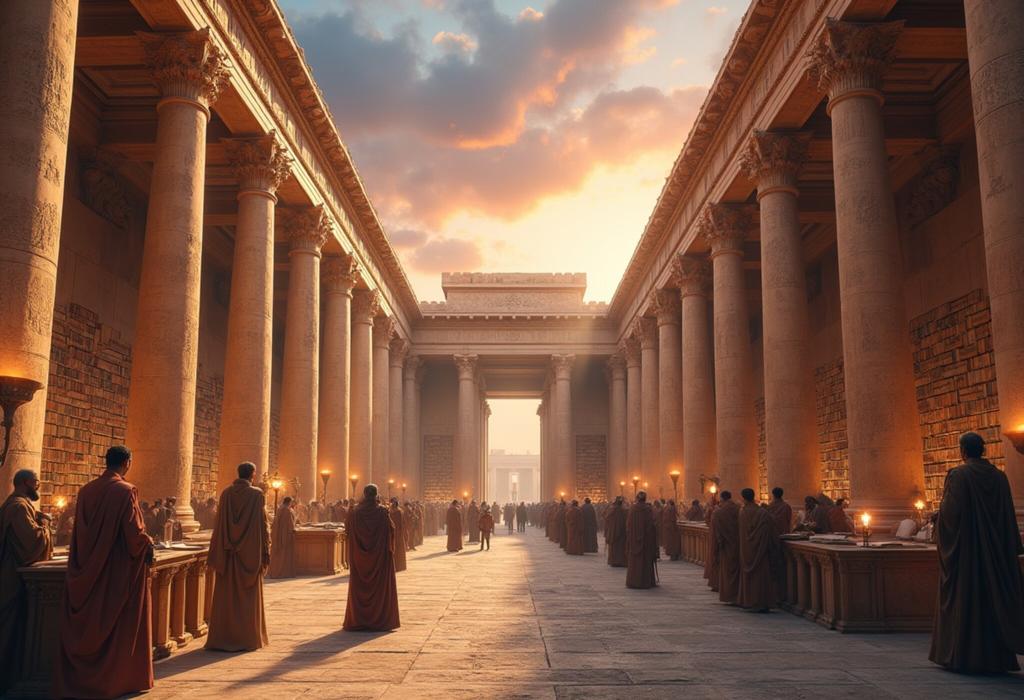For more details on this content, please review the step-by-step guide and frequently asked questions.
Legends of the Stonehenge Builders

Step-by-Step Guide
Understanding Stonehenge
Stonehenge is a prehistoric monument located on Salisbury Plain in Wiltshire, England. It's composed of a circular arrangement of massive stones, which has prompted numerous theories about its builders and purpose. Begin your exploration by familiarizing yourself with the history, layout, and significance of Stonehenge.
The Builders of Stonehenge
Research suggests that the builders of Stonehenge were ancient peoples from the Neolithic period and the Bronze Age. This step involves looking into archaeological evidence and understanding who these early civilizations were, how they lived, and what drove them to construct such a monumental structure.
Examining Archaeological Evidence
Investigate the numerous archaeological findings around Stonehenge, which include tools, pottery, and human remains. Each discovery sheds light on the lives of the builders, their societal structure, and cultural practices. Pay special attention to the dating of these artifacts and how they correspond with the construction phases of Stonehenge.
Understanding Construction Techniques
Examine the methods used to transport and erect the massive stones of Stonehenge, which weigh several tons. Consider theories such as sledges, rolling logs, and the use of levers. Research any experimental archaeology that has sought to replicate these ancient techniques.
Cultural and Spiritual Context
Look into the possible cultural and spiritual reasons behind the construction of Stonehenge. Archaeologists and historians suggest it may have been used for rituals, astronomical observations, or as a burial site. Analyze various theories and the evidence supporting them.
Influence of the Environment
Understand how the surrounding environment may have influenced the builders of Stonehenge. Investigate how the landscape, climate, and available resources shaped their construction and functionality of the site. Evaluate how these factors contributed to the choice of location.
Legends and Folklore
Explore the various myths and legends that have arisen around Stonehenge and its builders. Investigate stories from different cultures. What roles do these legends play in modern understandings of the site and humanity’s history?
Modern Interpretations
Look at how contemporary society views Stonehenge and its builders. Explore how it has become a symbol of cultural heritage and how different groups, including pagans and tourists, interact with this historic site. What modern celebrations take place at Stonehenge, and how do they relate back to its original purpose?
Visiting Stonehenge
Provide guidance on how to visit Stonehenge, including practical information on accessing the site, nearby attractions, educational resources available at the visitor center, and etiquette when visiting historical sites. This encourages a hands-on understanding of this magnificent monument.
Reflecting on the Builders’ Legacy
Conclude with a reflective look at the legacy of the Stonehenge builders. What have we learned about human ingenuity, societal organization, and the importance of monuments in cultural memory? Encourage readers to think about how these lessons apply to our modern world.








